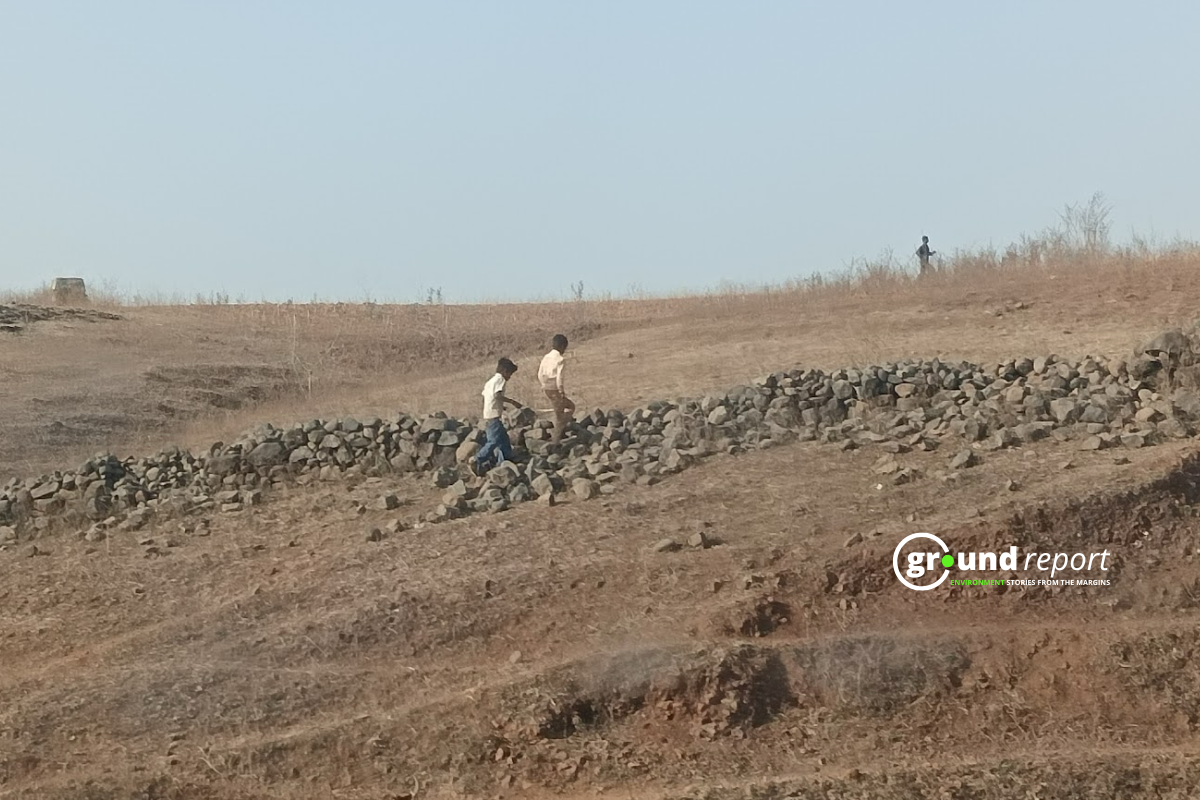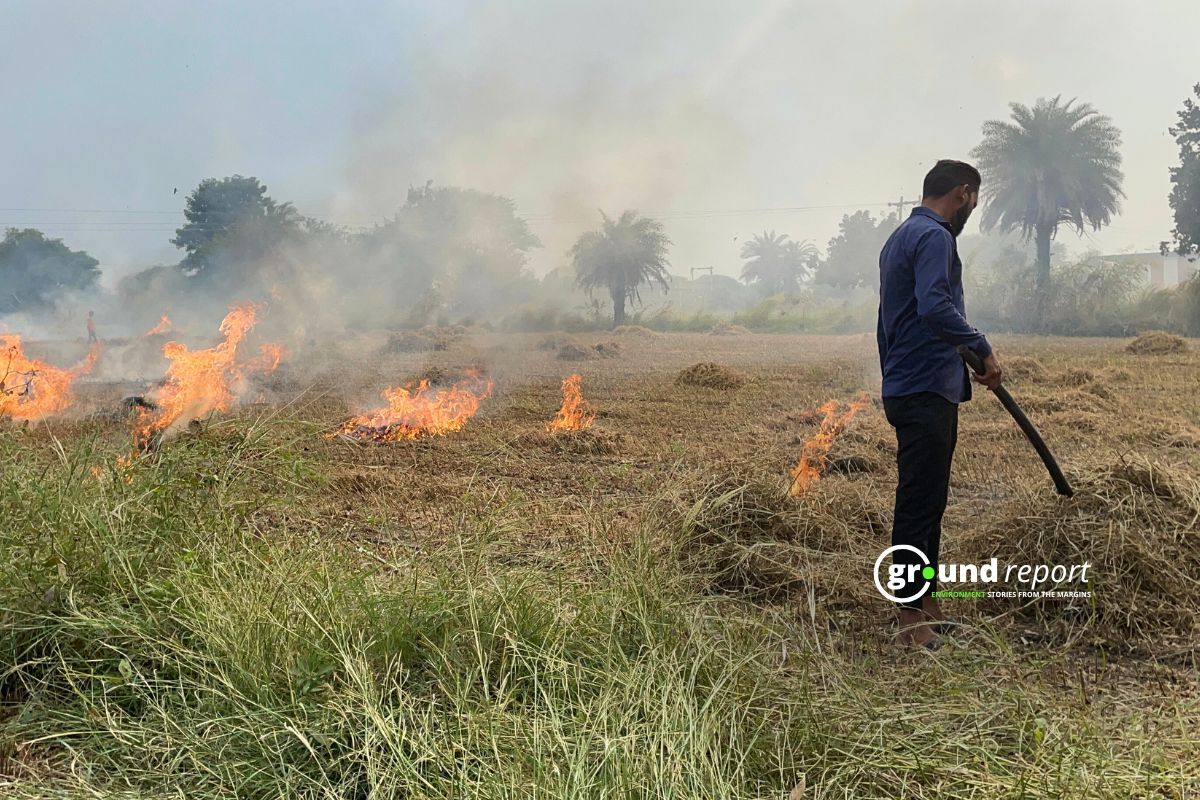Millions of people in Spain, Portugal, and parts of south-west France lost electricity on Monday. Cities including Madrid, Barcelona, and Lisbon were hit. Trains, homes, offices, traffic lights—even a tennis tournament—were affected. The cause is still under investigation.
Electricity cuts disrupted hospitals, factories, traffic systems, and public transport. Areas from Madrid to Lisbon went dark, and many were still without power by early afternoon.
What happened?
The outage began at 11:33am local time. Spain’s grid operator, Red Eléctrica de España (REE), described it as “el cero” — the zero point.
Portugal’s REN, the national grid operator, said the blackout hit after sudden swings in temperature created unusual pressure on power lines. By mid-afternoon, REE said voltage was slowly coming back in parts of Spain. The recovery had to be gradual to avoid overloading the system.
The large, massive power outage that broke out in Portugal, Spain, and parts of France just shows the chaos that will occur when the Earth’s magnetic field totally diminishes, as we are currently in a geomagnetic excursion.
The super markets are using electricity from their… pic.twitter.com/TcnxFvw5BA
— Open Minded Approach (@OMApproach) April 28, 2025
Major utilities like Endesa and Iberdrola worked with REE under emergency protocols to stabilize the grid.
The EU’s cybersecurity agency (ENISA) said early signs point to a technical or cable fault. They ruled out a cyberattack for now but are watching the situation closely. Spain’s grid operator Red Eléctrica reported a “strong oscillation” that forced the national system to disconnect from the European grid.
Portugal’s grid operator REN blamed “extreme temperature shifts” and a rare atmospheric event for the disruption. Weather-linked instability may have overloaded or interfered with key transmission lines.
What caused outage?
Portugal said the event started in Spain. REN blamed a rare weather event. Large temperature swings caused vibrations on high-voltage lines, which triggered a failure in syncing systems across borders. This phenomenon, called “induced atmospheric vibration,” disrupted the European network.
Experts said this imbalance lowered the grid frequency below the standard 50Hz. That triggered cascading shutdowns in power stations—even one in France.
Spain and Portugal experienced a massive power outage. On Apr 28, Spain’s Ministry of the Interior declared a national state of emergency.
Spanish grid operator Red Electrica stated that the cause of the outage remains unclear. #Spain #blackout #blackoutEurope pic.twitter.com/GcrFYWGb2n
— 鳳凰資訊 PhoenixTV News (@PhoenixTV_News) April 29, 2025
Cyberattack
Spain’s cybersecurity agency INCIBE began investigating whether hackers triggered the blackout. Though no evidence confirms an attack, officials are being cautious. Eduardo Prieto of Red Eléctrica confirmed a power oscillation caused the disconnect but did not confirm or deny the role of a hack.
Teresa Ribera from the European Commission said investigators are exploring all angles and moving carefully. António Leitão Amaro, Portugal’s minister in charge, said the issue appears linked to a fault in Spain’s power transmission network.
Juan Manuel Moreno, president of the Andalusian region, said the scale of the blackout suggests a possible cyberattack. Spanish and Portuguese cyber teams are working with grid operators to find answers.
Russia’s role: no evidence yet
Some pointed to past Russian cyberattacks as a possible link. Russia-backed hackers have previously targeted power grids, including in Ukraine. But no proof has emerged that Russia was behind this incident.
Spain has been a frequent target of pro-Russian hacktivists. Reports suggest Spanish government, financial, and maritime systems have faced regular attacks. But Portugal’s National Cybersecurity Centre said there’s no sign yet of hacking in this case.
Spain relies heavily on renewable energy—56% of its power comes from green sources, mostly wind and solar. But wind speeds were low on Monday, forcing the grid to depend on solar and gas-fired plants.
Experts say renewable-heavy grids like Spain’s lack “inertia,” which helps stabilize frequency during faults. When too much solar is on the grid, small disruptions can spread faster and become harder to control.
At 10am—just before the blackout—solar power made up nearly 60% of Spain’s supply. That made the system more vulnerable to frequency shifts and less responsive to sudden faults.
Grid expert Ms. Porter explained that in low-inertia grids, faults or attacks can trigger cascading failures. While more spinning generators might not stop a cyberattack, they help buy time to respond.
Grid operators in Spain and Portugal are restoring power. Some areas are already back online. Authorities expect full service within hours. The exact cause remains unknown. Investigators continue to examine technical data, weather patterns, and any signs of cyber intrusion.
This incident has raised alarms over Europe’s energy resilience. It also highlights the challenge of keeping modern, green-heavy grids secure and stable.
Governments and operators are still investigating. The outage exposed how fragile interconnected grids can be—especially in the face of extreme weather and a fast shift to renewables. Can your country’s grid handle the same stress Spain just faced?
Support us to keep independent environmental journalism alive in India.
Keep Reading
The costliest water from Narmada is putting a financial burden on Indore
Indore’s Ramsar site Sirpur has an STP constructed almost on the lake
Indore Reviving Historic Lakes to Combat Water Crisis, Hurdles Remain
Indore’s residential society saves Rs 5 lakh a month, through rainwater harvesting
Follow Ground Report on X, Instagram and Facebook for environmental and underreported stories from the margins. Give us feedback on our email id greport2018@gmail.com.
Don’t forget to Subscribe to our weekly newsletter, Join our community on WhatsApp, and Follow our YouTube Channel for video stories.









